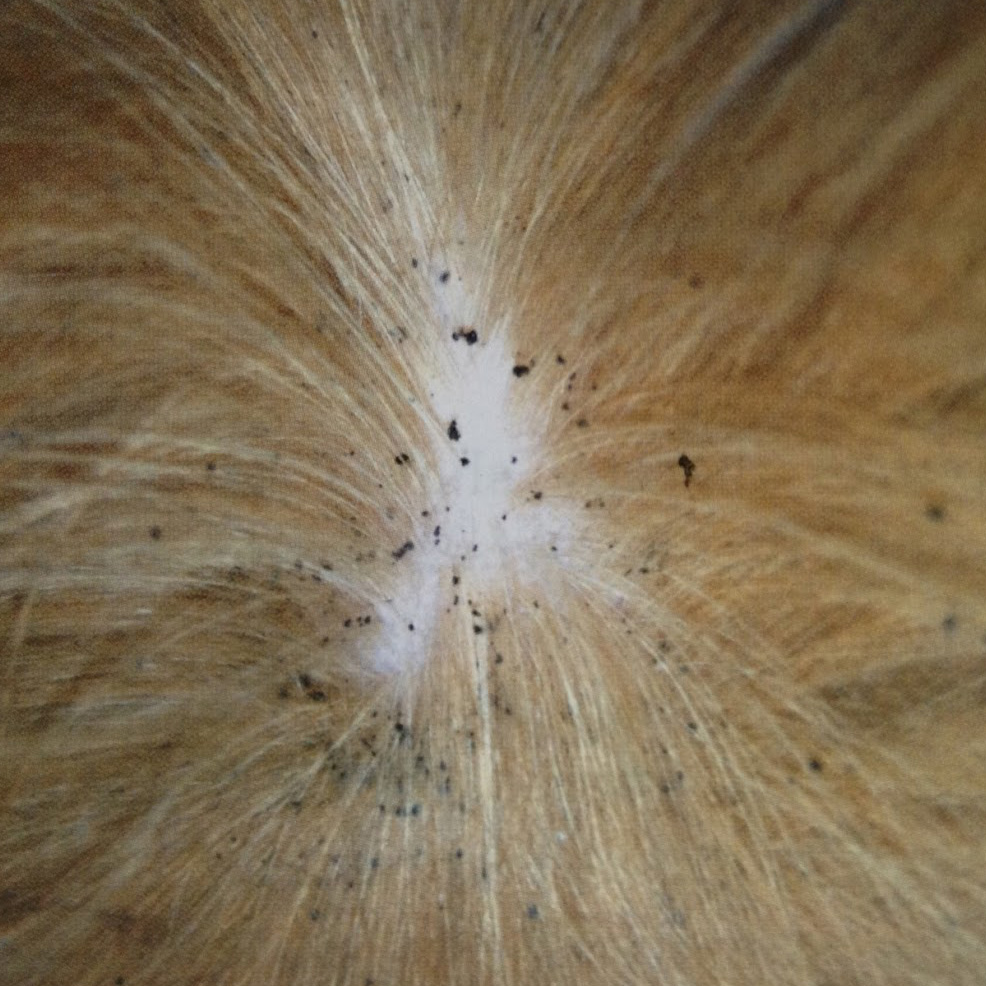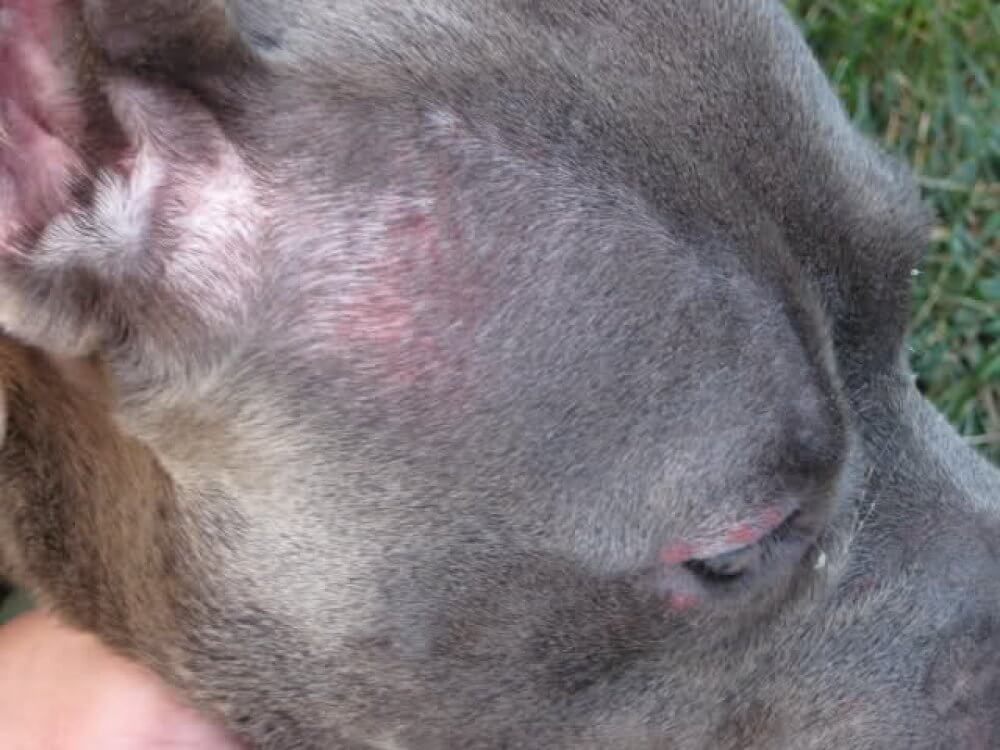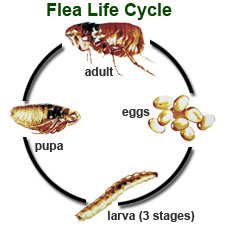 If you own a dog or a cat and have found that you have a flea infestation in your home. It can be very frustrating. Not only does the infestation make life uncomfortable for your pets and the humans who live in the home, it can also make life difficult, as it takes a lot of work to remove the infestation from the home, especially if you need to kill fleas in carpet.
If you own a dog or a cat and have found that you have a flea infestation in your home. It can be very frustrating. Not only does the infestation make life uncomfortable for your pets and the humans who live in the home, it can also make life difficult, as it takes a lot of work to remove the infestation from the home, especially if you need to kill fleas in carpet.
Contents
How Do I Treat a Flea Infestation?
Treating a flea infestation can take a great deal of patience and an even greater deal of work. In order for your pets and your entire home to be free of fleas, you need to treat several areas of the home in different ways.
1. Best spray to use on your pet
2. If you want to kill fleas from your carpet or similar areas, we’ve found that this works best:
- Carpet Powder
- Safety Gloves
- Recommended Dust Respirator or at least this one.
3. If you have big infestation, you’ll need best fogger available (case of 6 recommended).
Treating your carpets and upholstery: It is not uncommon for fleas to infest your carpets, furniture, and drapes. If they can find a soft, dark, warm place to set themselves up, they will use it. If left alone, fleas can live up to 100 days without a blood meal. This gives them plenty of time to live in these areas. The first thing you should do is vacuum the carpeting, any upholstered furniture, and your drapes. It is important to vacuum any area that you think the fleas could be hiding.
Be sure to get the corners of the room and underneath the baseboards. After you have finished vacuuming, you want to throw away the vacuum cleaner bag or empty the canister that holds what the vacuum cleaner has picked up. You should do this outside. Fleas can jump up to 7 inches vertically and up to 13 inches horizontally. It can be very easy for one or two to escape if you throw the bag or dump the canister in your kitchen trash can.
If your home is heavily infested, you should vacuum thoroughly every 10 to 14 days and continue throwing away the bag or emptying the canister each time. To be sure that these areas are free of any eggs, larvae, or fleas you should steam clean your carpets and your furniture. If you don’t have a steam cleaner, you can rent on that has an extendable hose that cleans upholstery. The high temperatures produced from the steam cleaner are very effective in killing eggs and adult fleas.
Treating your bedding and your pet’s bedding: While you are in the process of treating the carpeting and the furniture, you will need to treat your bedding and your pet’s bedding. Any blankets or pillows your pet may have laid on can be hiding eggs, flea dirt or fleas itself. You want to put all of these items into the washing machine and wash them in hot water. Like steam cleaning, the hot water will kill the flea eggs and the adult fleas. After washing, dry these items.
The heat from the dryer will ensure that anything that made it through the washing process won’t make it through the drying process. If you have not yet finished treating your furniture, drapes, and upholstery, put all of the dry items in a trash bag and close it up tightly. You want to be sure that no fleas can jump into the bag. If you have children and they have any large stuffed animals that the dog may have lied on, you will need to treat them as well.
Since most stuffed animals cannot be put in the washing machine, you would need to find another way to treat them. The best way to do this may upset your child, but it is necessary. Take the stuffed animal and put it in a trash bag and close it up tightly. Leave it in the bag for 100 days. Within this time the fleas will not have had a chance to feed on a blood host, and they will die. When you take the animal out of the bag, shake it out completely or if possible, vacuum it to make sure that there are no eggs stuck inside.
Treating with pesticides: If your infestation is very serious, you may need to treat the problem with pesticides. There are two different types of pesticides that you can use. The first one would go right onto the carpet to be sure that all of the fleas have been eliminated. If you are going to use this method, you would need to make sure that you keep your pets and children away from the treated area for several hours.
Another option is a flogger, also known as a bug bomb. If you are going to use this form of treatment, you would need to take all of the pets out of the home, and you and your family need to be prepared to be out of the home for at least 5 hours. You would also need to put away any open food, dishes, glasses, or utensils that can become contaminated because of the fogger. If not you would need to throw the food away and wash everything to keep from getting sick. You will need to use more than one fogger, and most come with a few in a pack. To determine the number that you would need for the size of your home, read the instructions on the packaging.
After you press the button on the fogger, you need to leave the home immediately. After the five hours have passed, you can return home and open up all of the windows to air the house out. You would need to wipe down all of the counter tops and all of the surfaces that could contain the poison. Finally, vacuum the carpeting and the upholstery to clean up all of the dead fleas. Be sure not to bring your pets back into the home unless they have already been treated.
 Treating your pet: Treating your pet is the first step to getting rid of the infestation completely. Before you start treating your pet, you should understand that you need to take him out of the house as soon as you are finished. If you treat your pet and let him roam around an untreated home, he will just become infested again. The only way to rid your pet of fleas is to give him either a flea bath or a flea dip.
Treating your pet: Treating your pet is the first step to getting rid of the infestation completely. Before you start treating your pet, you should understand that you need to take him out of the house as soon as you are finished. If you treat your pet and let him roam around an untreated home, he will just become infested again. The only way to rid your pet of fleas is to give him either a flea bath or a flea dip.
If you are going to use a flea shampoo, you should make sure that it contains a flea killing agent. Not all dog shampoos are made to kill fleas. If you don’t want to treat your dog yourself, you can take him to a groomer for a flea dip. If you have other pets in the home, you need to treat them all. Even if your cat isn’t showing any signs that he has fleas, he needs to be treated as well. If you are going to treat all of your pets on your own, you should make sure that you are using a shampoo designed for the type of pet that you are treating. Shampoo that is made for a dog should not be used on a cat.
Natural Alternatives to Flea Treatment
If you don’t want to bring any chemicals or pesticides home or put them on your pet, there are alternative ways to treat a flea infestation. You can kill the fleas on your pet naturally. There are a variety of pet shampoos available that are all natural and are designed to kill fleas. You can get these products from your vet, at a pet store, or online.
Natural Way To Kill Fleas
If you want a more natural approach to killing the fleas that have built a home in your furniture and in your carpets. This recipe is all natural, and it is very easy to make.
- 1 gallon of vinegar
- ½ gallon of water
- 16 ounces of lemon juice
- 8 ounces of witch hazel
- Vacuum cleaner
- Home and garden sprayer
Vacuum all of the carpeting and the furniture. Next, combine the vinegar, water, lemon juice, and witch hazel into the garden sprayer. Put the sprayer on heavy spray, and spray the carpets, the furniture, and the dog’s bed if it doesn’t fit in the washing machine. If the infestation is serious, you may need to repeat the process.
Using a Salt Remedy To Get Rid Of The Fleas
If you don’t like this natural remedy, you can try using a salt remedy to get rid of the fleas. Salt is a dehydrating agent for fleas, and it will dry out their bodies, causing them to die.
- Table salt
- Large spice bottle with a shaker top
If your salt is not finely ground, grind it into a powder. Next, sprinkle the salt on your carpeting and your furniture. Leave it on for 12 to 48 hours to be sure that all of the fleas have died. Finally, vacuum the floors thoroughly. If the problem has not completely subsided, repeat the treatment.
If you are using either of the natural solutions, be sure to clean the pet first, wash bedding in hot water, and leave your pet out of the home until it has been treated.
1. Best spray to use on your pet
2. If you want to kill fleas from your carpet or similar areas, we’ve found that this works best:
- Carpet Powder
- Safety Gloves
- Recommended Dust Respirator or at least this one.
3. If you have big infestation, you’ll need best fogger available (case of 6 recommended).
How to Prevent a Repeat Flea Infestation
After you have worked so hard to get rid of the fleas in your home, you want to keep an infestation from reoccurring.
Protect your pets: The key to preventing a reinfestation is to protect your pets. If they go outside and bring a few fleas in on them, you will need to go through the entire process all over again. There are several products on the market that you can use on your pet to prevent fleas from jumping on them and feeding. There are both topical products and oral products. Each of these products is given in monthly doses. As long as you keep up with the treatment, your dog should remain free of fleas.
Some people will use a flea collar. These are not nearly as effective as the topical and oral products. You can get flea protection treatments from your vet or you can buy them online. If you are buying online, be sure to get the product that is designed for your type of pet and its weight. You should never use a cat treatment on a dog and vice versa. Also, if you use a small dog formula on your large dog, it won’t be effective. If you use a large dog formula on a small dog, it can be very dangerous. Just be sure to read the packing thoroughly.
How Did the Fleas Get Into My Home?
If this is your first infestation, you are likely wondering how the fleas got into your home in the first place. Not only is there the curiosity factor, if you understand how your pets and home became infested with the fleas, you will be able to prevent another infestation from occurring.
Outside the home: Anytime your pet goes into the outside world, there is the chance of a flea infestation. When you take your dog for walks in the grass, chances are your check him for ticks. What you likely aren’t looking for and what you may not be able to see are fleas. They are very small and they are good at hiding. They can able to hide in the furriest areas of your pet and in the deep crevices of his skin. Since fleas can thrive in the grass and wooded areas for a certain period of time, he could have brought them home after a walk. Your dog can also get fleas if you take him to the dog park, to the vet, to the groomer, or if you keep him in a kennel while you are on vacation. There are several ways that your dog can develop a flea infestation when he leaves the house.
Human Carriers: If you have a friend come over to your house and their pet has fleas or if their home is infested, they can carry the fleas into your home. Take a look at flea bites on humans pictures, if you don’t know how it looks. The fleas at your guest’s home can jump on their pant legs, socks, or shoes, and get a free ride to your home. When the fleas get there, they will begin to reproduce, and infest your home. Even you can bring fleas into your home. If you take a walk in a grassy or wooded area, the fleas can jump on your pant legs, socks, and shoes, and create a home for themselves at your house. It is very easy for humans to carry fleas into your home.
Other Animals: Fleas can be transported from animal to animal. If your dog goes outside in the backyard, there could be fleas out there. If a squirrel, raccoon, or a common stray cat come into the yard, they are going to bring their fleas with them. If one of these fleas rests on the ground, it can jump on your dog as soon as he gets outside. Even though it starts out as just a few fleas, it can end up being a full blown flea infestation. If you have an indoor cat and a dog that goes outside, your cat is very vulnerable when it comes to developing a flea infestation. The fleas that your dog has brought in from outside can jump on your cat, and very soon, can start making the cat’s life miserable Transmission of fleas from animal to animal is very common.
What Can a Flea Infestation Do To My Dog?
A flea infestation can make life very difficult for your dog. It may start off as just a few fleas, however, as the infestation worsens, the symptoms will worsen as well. Fleas feed off your dog’s blood. To get to the blood, they will use their teeth to bite. These bites can be very itchy and somewhat painful. The more fleas there are on your dog, the more they will be bitten. A flea infestation can result in serious itching and biting at the affected area. The more your dog bites at these areas, the more they will irritate their skin. If the flea problem goes untreated, or if your dog is hypersensitive to flea bites, it can result in more serious issues than just red, itchy, irritated skin. Some of these conditions include:
Flea allergy dermatitis: If your dog has sensitive skin or a severe flea infestation, they can develop this condition. When a flea bites your dog, they transfer a variety of allergens into the dog’s bloodstream, such as phosphorus, polopepticides, amino acids, and aromatic compounds. These allergens can result in itching, scratching, scabs, and hair loss. In more serious situations, the dog can develop a large hump on the infected area. If this were to happen, the dog would need to be treated with topical creams and steroid shots.
Skin Infections: When a dog is bitten again and again by fleas, it can leave their skin red, itchy, and every inflamed. This can make the tissue very susceptible to skin infections such as Staphylococcus intermedius and Malassezia pachydermatis. If not treated by a vet with antibiotics, these infections can lead to a serious illness.
Neurogenic dermatitis: This is more of a behavioral condition than a physical condition. As your dog bites himself more and more to relieve the itching from the fleas, he will become obsessed. Soon, he will do it to the point where he hurts himself. He would need treatment and a special collar to start to feel better.
Tapeworm: A tapeworm is a parasite that a dog can develop in his intestines if he swallows and infected flea. The tapeworm will take the food from your dog’s intestines, causing him to be underweight and malnourished. In order to get rid of the worm, you would need to get a de-worming medication from your vet.
Although it is not your dog’s fault that he got fleas and they have infested your home, an infestation of any size can be a huge hassle and it can very inconvenient. If you are going to make your dog comfortable and free of fleas, you need to know exactly how to treat the infestation. If you allow it to get too serious before taking any action, the fleas will start jumping on your feet and ankles and biting you. As long as you properly care for your pet and your home, and you take the proper precautions to prevent a reinfestation, you should not have any more problems with fleas.










Leave a Reply